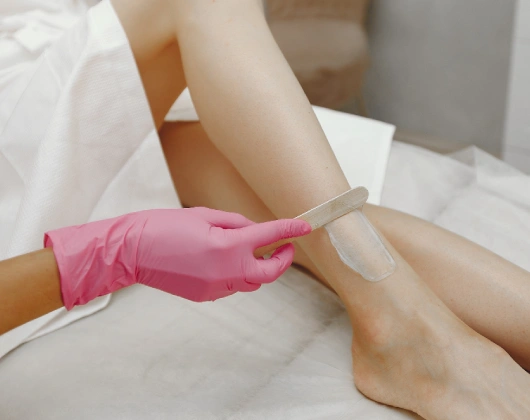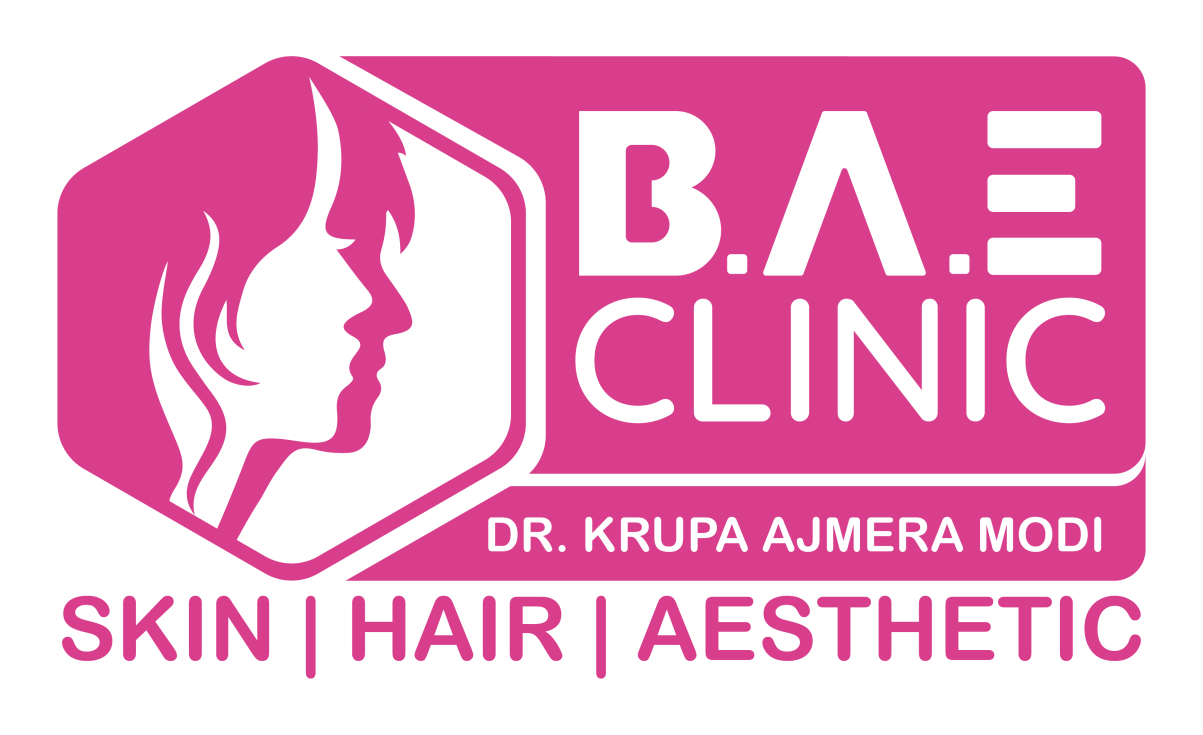
Varicose Vein Removal Treatment in Borivali, Mumbai
Eliminate the discomfort and unsightly appearance of varicose veins with expert removal treatments by Dr. Krupa Modi at B.A.E Skin Clinic.
Spider veins or varicose veins, also known as varicoses or varicosities, occur when your veins become enlarged, dilated, and overfilled with blood. Varicose veins typically appear swollen and raised, and have a bluish-purple or red color. They are often painful.
Symptoms Of Varicose Veins
- The primary symptoms of varicose veins are highly visible, misshapen veins, usually on your legs. You may also have pain, swelling, heaviness, and achiness over or around the enlarged veins.
- In some cases, you can develop swelling and discoloration. In severe cases, the veins can bleed significantly, and ulcers can form.
Spider Vein Removal Procedure
Using advanced techniques, we provide effective and safe solutions to restore smooth, healthy legs. Trust our experienced team in Borivali, Mumbai, for personalized and professional care. You can check patient’s testimonials here.
Your spider vein treatment procedure may include the following steps:

Injection
- The common method of treating spider veins in the legs and ankles is called sclerotherapy.
- During treatment, a sclerosing solution is injected into the affected veins.
- The injection irritates the inside of the vein, and over time the vein will collapse and fade from view.
- If you have multiple spider veins, the treatment will require multiple injections to collapse all the veins.
- Bright light and magnification may be used to ensure maximum precision while injecting the sclerosing solution.

Post-Injection
- After treatment, the area may be dressed with compressive tape or stockings, or an elastic Ace wrap for a period of time.
- The veined area often looks a bit bruised initially, and the color slowly fades over the course of a few weeks.
- Some people can have a bit of brownish discoloration (hyperpigmentation) occur to the area during the healing process.
- This hyperpigmentation fades as well, but may take months.

Laser Treatment Option
- Spider veins may also be treated with a laser.
- In this method, an intense beam of light is directed at the spider vein, which obliterates it through the skin.
- More than one laser session may be needed to obtain the desired results.
- Sometimes, laser therapy is used in combination with sclerotherapy.
Frequently Asked Questions
Who is a good candidate for spider vein treatment?
Spider vein treatment is a good option if you:
- Are bothered by spider veins anywhere on your body
- Are committed to following your plastic surgeon’s prescribed course of treatment.
- Have a positive outlook and realistic goals for your spider vein treatment.
What are the risks of spider vein treatment?
The risks include:
- Change in skin sensation
- Hyperpigmentation
- Infection
- Persistent pain
- Scarring
- Swelling and bruising
- Ulceration
What should I expect during my spider vein treatment recovery?
- During your recovery from spider vein treatment, you may be instructed to wear a support hose to help your legs heal.
- The treated sites will appear bruised and you may feel some cramping in your legs for the first day or two after treatment. This discomfort is temporary and usually doesn’t require prescription medication.
- Although every patient heals at a different rate, most are back to normal activities quickly.
